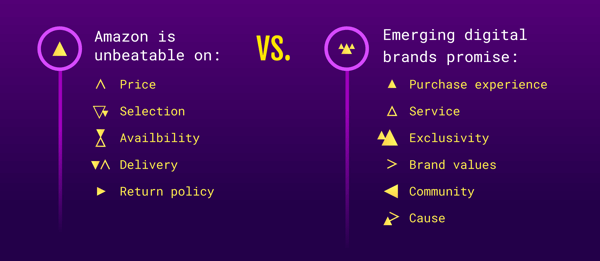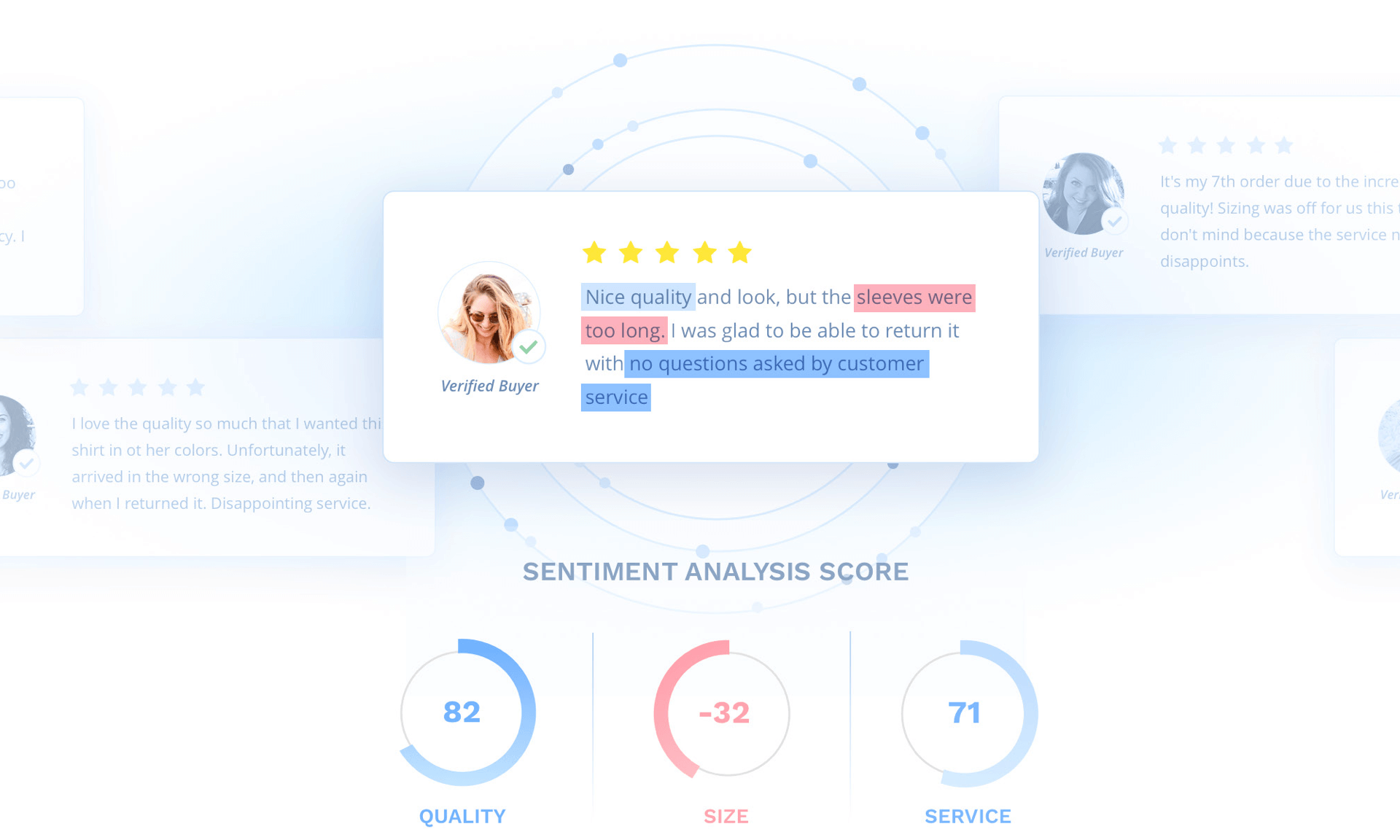CAPTURING CONTENT THAT CONVERTS
The goal of any pre-purchase research is to get answers. The challenge for brands is figuring out how to provide answers to the specific questions of individual shoppers. To do this, they need to first collect as much information as possible from other customers on these topics, and then present it in an easy-to-consume format. Content is the fuel that makes the engine run. So, how do brands collect user-generated content effectively?
In the beginning, the focus was on getting as many reviews as possible. A product with 500 reviews is more trustworthy (and likely to sell better) than a product with five. Since the primary way of engaging customers post-purchase was via email, sending email requests for reviews became the most popular (and effective) way to capture content.
With the rise of mobile, the most important factor for conversion was making the process frictionless. By analyzing billions of behavioral data points based on simple online interactions, requests could be personalized by time, device, and email client. Time personalization uses advanced machine-learning algorithms to send requests when a shopper is most likely to be active online. For busy shoppers, this proved to make all the difference:
143% uplift
An analysis of 4.5 million post-purchase emails shows a 143% difference in response rate between the best and worst times.
6
The Guide to Data-Driven User-Generated Content Marketing
The next phase was using machine-learning algorithms to automatically optimize stores’ post-purchase requests by device and email client. Since shoppers are constantly juggling between their mobile phones, tablets, and desktops, review requests need to be able to easily adapt to each device for maximum content collection.
But no matter how much review response rates increase with the help of hyper-personalized requests, if the content received is of poor quality, it won’t impact a brand’s bottom line.
By definition, shoppers’ pre-purchase research is typically highly specific, both to industry and individual preferences. A shopper setting out to buy a new mattress, for example, is likely to have questions about firmness, quality, size, and comfort. Someone shopping for a dress may be seeking out information related to fit or size, or they might be concerned about receiving it in time for a special occasion and need information related to delivery time. For all of these shoppers, dozens of reviews that simply say “Great!” or “Loved it!” won’t help.
However, a longer review isn’t necessarily a good indicator of conversion impact. Long reviews that don’t speak to specific shopper concerns are less valuable than their shorter, more informative counterparts. After identifying what makes a customer review effective for increasing conversion — namely information on several topics — the next challenge is how brands can actually collect these topic-rich reviews.
Picture this scenario: After buying a new set of sheets, a customer receives an email asking, “What do you think of your sheets?” Unprompted, they may not know what to say. So brands can try another angle: Asking a specific question, like, “How is the quality of your sheets?”
It’s a good start, but this method has its limits. For example, a customer who had an awesome shipping experience may not think to write about it, because they were focused on a question about quality. Or maybe quality isn’t really what matters to that shopper at all. In order to be truly effective, requests have to ask about topics that matter to consumers. Quality may be the main concern of someone searching for sheets while comfort is important to someone looking for a new pillowcase.
For a bedding brand, making these distinctions around topics at the product level is the difference between an abandoned cart and a successful checkout. After identifying the topics, brands can automatically prompt customers to write about them, using machine-learning to adjust requests in real time within the review request itself.
![]()
These real-time prompts, couched inside a conversational interface like instant messaging, imitate the experience of sharing thoughts with a friend, and encourage customers to go beyond the standard responses and give more detailed, helpful reviews.
61% uplift
In initial tests, the AI-powered prompts resulted in a 61% uplift in the prevalence of suggested topics in customer reviews.
For brands in industries with low repeat purchase rates, this is especially important. The average consumer is probably not going to be buying a new mattress every month, so it’s critical to make every review request count.

























